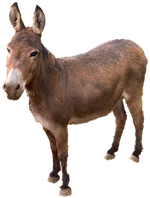Did you know that while the humpback whale season starts in November it doesn’t actually peak until January and March! And that scientists estimate that as many as 12,000 humpback whales arrive in our warm waters to breed, calve and nurse their young!
What a place to be born! We can’t imagine how different it must be for these young whales to take that long swim back up to the icy waters of Alaska. But they do, and they have to because that’s where the food is! Humpback whales feed mostly on krill and small fish, and fast living off of their fat reserves when they come to warmer waters.
Can you imagine taking that journey every year? Everywhere we look we are reminded of God’s creations and the miracle of life and we are so grateful to Him for all of these gifts.
Some of the best places in Kauai to whale watch (or kohola watch in Hawaiian) are: Kilauea Lighthouse in Kilauea, Shipwreck’s Beach, Makahuena Point and Spouting Horn in Poipu, Lydgate Beach Park, and The Kauai Bike Path in Kapaa which runs for 8 miles offering plenty of opportunities, as do the cliffs in Princeville.
We do suggest you take a pair of binoculars with you though so you can really see them, but if not no worries, the whales are kind enough to give us plenty of signs that they are here: Blowing or Spouting is when you see a plume of water shoot up into the air (did you know they can stay underwater for up to 45 minutes!); Tail slapping may be a warning to other whales to stay away; Breach is a full body burst up and out of the water propelled by their tails; Pec slap is when they communicate with other whales by slapping the water with a pectoral fin and a Head Rise or Spy Hop is when you see the head pop up out of the water to look around.

